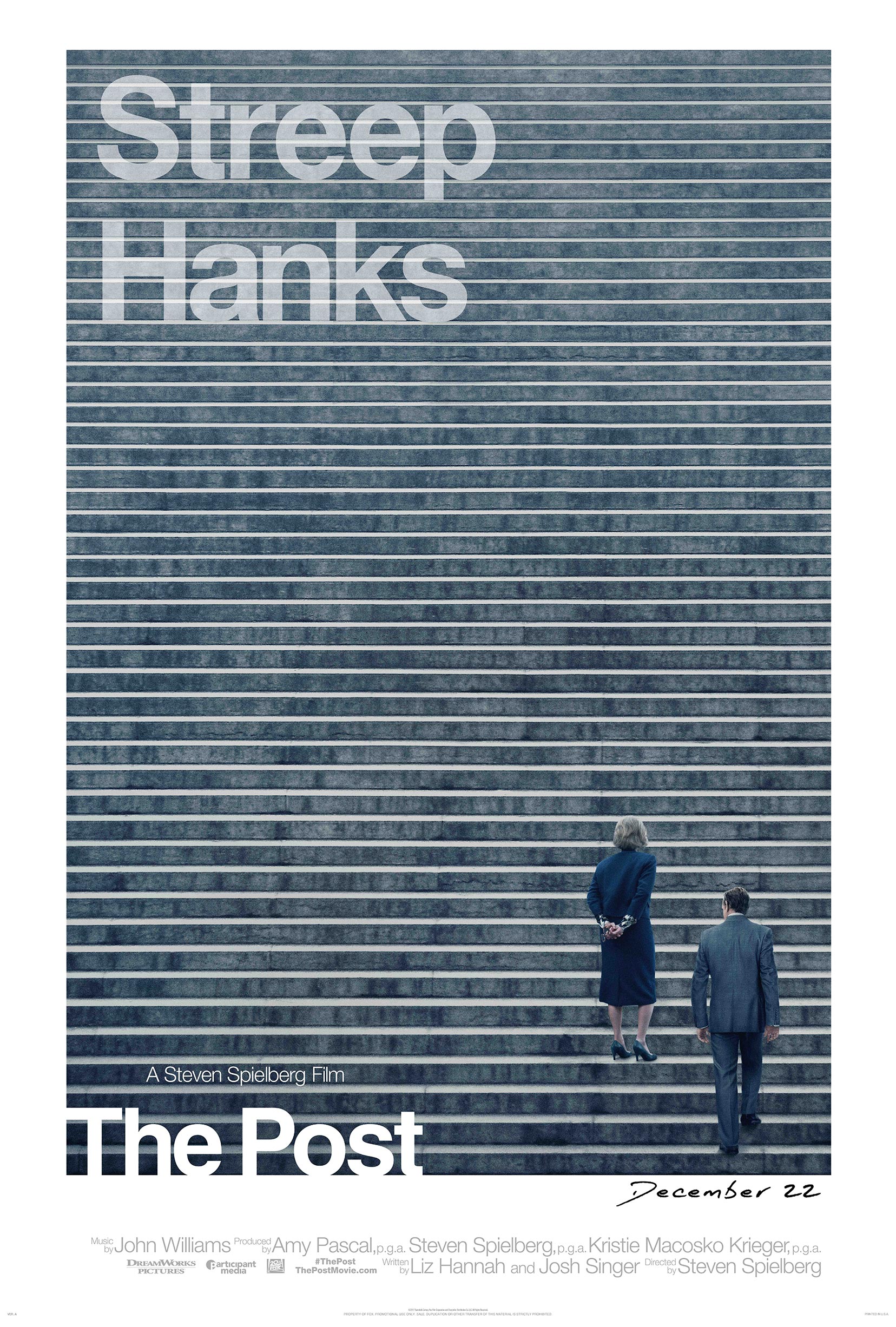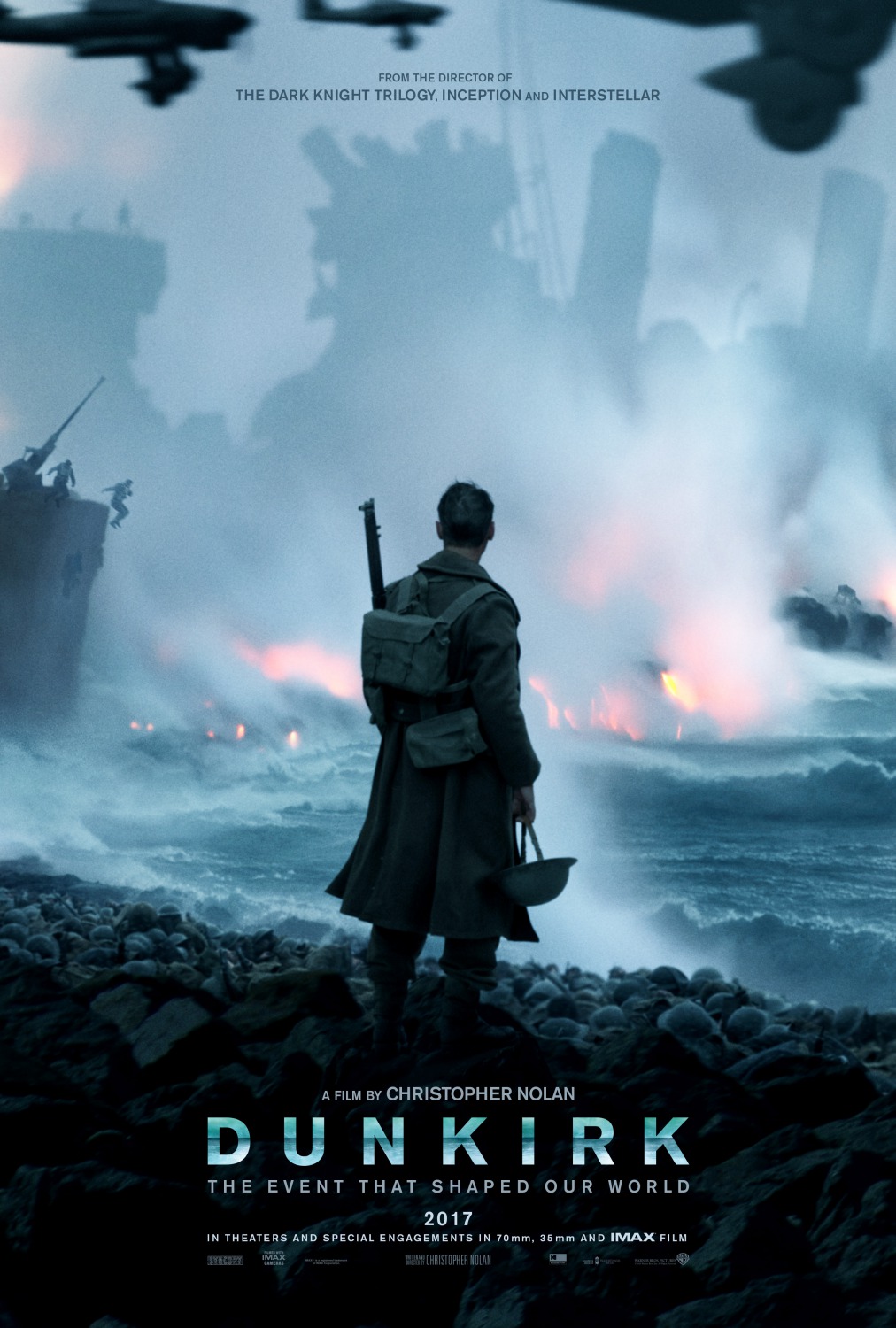Thomas Richards
1448
Claremont Fan Court School 64680
Welcome to my blog:
I worked with Matthew Bowes 1468.
I hope that you enjoy my blog.
Brief 2: I made a promotional package to include a trailer, together with a film magazine front cover, featuring the film and a poster for the film. Our TRAILER is immediately below. My individual FILM MAGAZINE COVER and individual POSTER are above.
took responsibility for: Acting, Writing, Directing and Director of Photography for certain scenes.
took responsibility for: Acting, Writing, Directing and Director of Photography for certain scenes.
All my research and planning follows below that on the main blog roll, in reverse order, starting with the latest first. To present my research and planning, I have used a wide variety of platforms and tools, including Emaze, Blogger and Slideshare.
My EVALUATION is above under four Pages. Clicking on each tab will show the research and planning that went into my responses to these questions.
To present my responses, I have used the following platforms:
To present my responses, I have used the following platforms:
Question 1 on genre conventions: FinalCut Pro annotations
Question 2 on combination of main and ancillaries: Slideshare
Question 3 on feedback: Emaze
Question 4 on technologies: Piktochart















